The Flashback: A Greatly Misunderstood Storytelling Device
Flashback can be a potent tool for presenting essential backstory, as long as you apply it without interrupting the story’s forward momentum.


Today’s post is by editor Tiffany Yates Martin (@FoxPrintEd).
They’re the bogeymen of publishing. Along with prologues, adverbs, and semicolons, flashbacks may be the most vilified—and most misunderstood—of storytelling devices, ones that work only if they don’t seem like devices.
Yet flashbacks are inherently artificial. Even when we are revisiting memories in life, we rarely replay an entire scene from start to finish, chronologically and in full detail. Memory doesn’t work that way; it’s slideshows and not a movie.
But one prime reason that flashbacks are a common literary convention is that, used well, they can be an effective way to present essential information and backstory. Readers have become trained, as with so many fictional devices, to accept the artificiality of flashback provided it doesn’t interrupt their experience of the story.
And there is where the trap lies that so often derails an author’s attempt to use flashback: If not woven seamlessly into the flow of the story, a flashback can draw attention to itself, reveal the author’s hand, and pull the reader out of the fictive dream.
But you don’t have to avoid this potentially potent device as long as you follow a few key guidelines in weaving flashbacks seamlessly into your story.
1. Determine whether a flashback is in fact necessary.
Before you start wielding this potent and potentially disruptive weapon, let’s examine why you want to brandish it at all. Flashback is like cayenne pepper—a little bit can add spice and depth to the stew; too much can overwhelm it.
The main misstep I see in flashbacks is using them as backstory dumps of information authors think readers need to know to understand the story or characters. That may in fact be the case, but paving in background via flashback can be like wielding a machete where you needed a scalpel.
There are three main forms of introducing backstory:
- Context: This is information woven into the main story throughout, often so seamlessly you don’t even realize how much information you’re getting amid the forward movement of the story.
- Memory: When characters call to mind details from their past—still within the action of the “real-time” main story.
- Flashback: A scene from the past presented as if it’s happening “live” before readers’ eyes, which fully interrupts the main story.
It’s this last form that makes flashbacks so dangerous. Used unskillfully or too often, they lend an erratic feel and potentially compromise readers’ engagement.
A good, healthy chunk of the time (let’s say 80–85 percent, because you can’t really quantify story with math, but it sounds right), context is going to be the most fluid, seamless, and organic way to incorporate backstory. The rest of the time memory is the most effective device.
That remaining little sliver is where flashbacks come in.
So when you use them, use them judiciously—like that cayenne pepper. Ask yourself what makes flashback the strongest way to incorporate the backstory, worth its many risks. That will often be one of several reasons:
- It’s an essential, defining element of the character’s past relevant to the current story and their arc—like their main “wound” or a formative event that dictates or materially affects the character’s journey in this story.
- It’s a “secret” or reveal that’s finally being fully shared—one central enough to the main story to warrant a full dramatization.
- It’s brief, woven into a “real-time” scene, and serves to heighten impact, stakes, or meaning in the main story. Often this type of flashback will be just a few paragraphs.
2. Determine the most effective placement for a flashback.
The most challenging place for a flashback is opening your story. It can disorient or confuse readers—like walking into a room looking backward—and risks feeling like a false promise of what the story is actually about. That said, an opening flashback can work if used deliberately and well, and usually kept ruthlessly short.
There are no real “rules” or systems for where to place a flashback, but a good guideline with all backstory is to ask yourself my version of the “Watergate question”: What does the reader need to know and when do they need to know it?
Overloading readers with backstory before we’re fully invested in the main story hamstrings its effectiveness. The author’s job is to find where a flashback most effectively serves and furthers the main story by offering essential backstory at the most impactful, germane time—which ties into the next guideline.
3. Move the story forward, both within the flashback and in the main story.
Imagine a friend is telling you the harrowing tale of her recent car accident when she stops suddenly to relive shopping for that car just days earlier.
That fact may be relevant to heightening stakes and impact for the wreck—dammit, it was her brand-new dream car!—but in the middle of the much more relevant action of the story it stops momentum cold.
This is when flashbacks fail, as if the author is putting the main story on ice while she takes the reader on a journey down Memory Lane.
It’s the trickiest balancing act. Authors should use flashbacks in a way that still move the main story forward, even as we are briefly glancing backward.
That means the flashback should not only encompass its own strong forward momentum within the scene it presents, but its use at its particular point in the story should also serve to move the main story forward—usually in one of the ways described above.
4. Transition smoothly into and out of the flashback.
Here’s the make-or-break logistical challenge in flashback deployment: You must fluidly guide readers both into and out of it. That means avoiding a clumsy introductory device like “She remembered it as if it were yesterday” or “The scene unfolded in her mind like a movie…”, or plopping us back into the story afterward with an awkward, “Back in the present…” or “She shook her head to clear the memory.”
There are two common ways to incorporate flashback fluidly: Anchor some key aspect of the flashback in something that’s happening in the current moment. Or, with standalone flashback scenes, a space break is sufficient to set it off as a separate scene from the past. But it’s still useful to segue in and out in a way that ties it to the main story without hanging a lantern on the transition. Learn more here about weaving flashbacks seamlessly into your story.












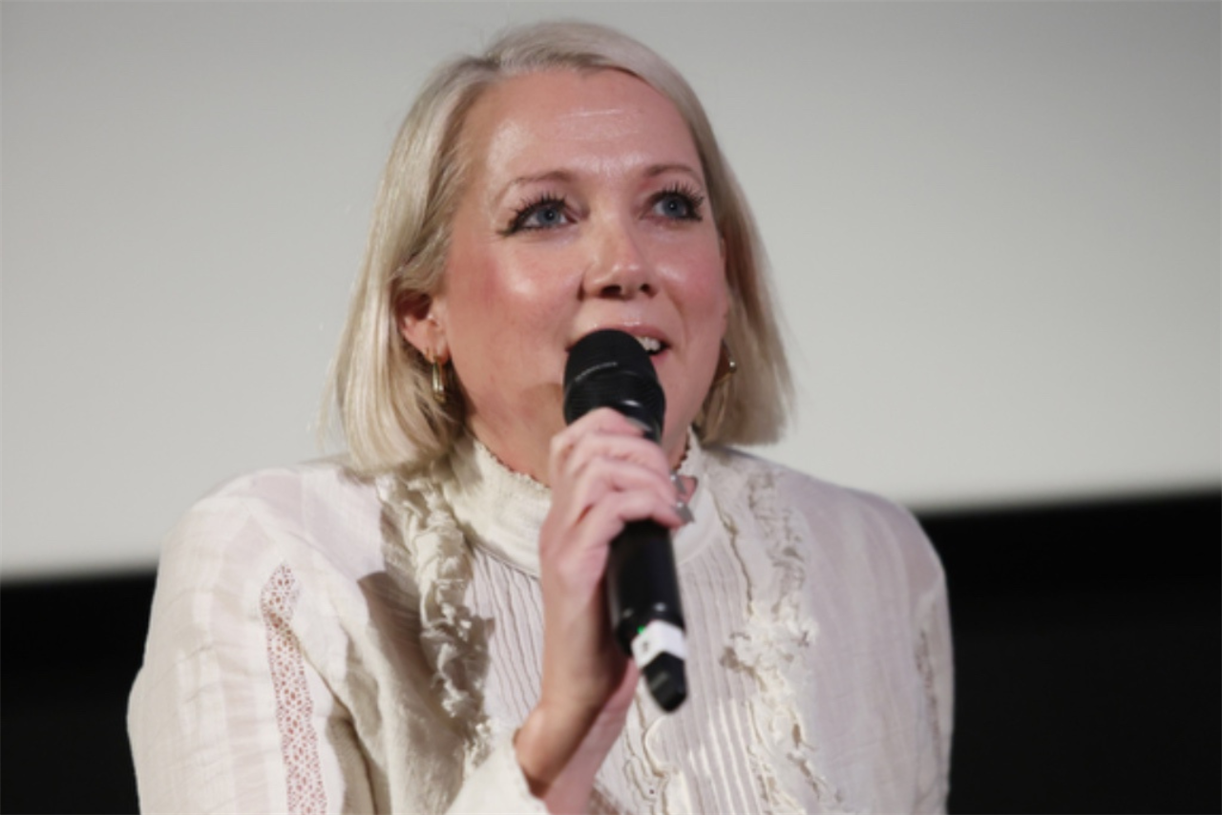
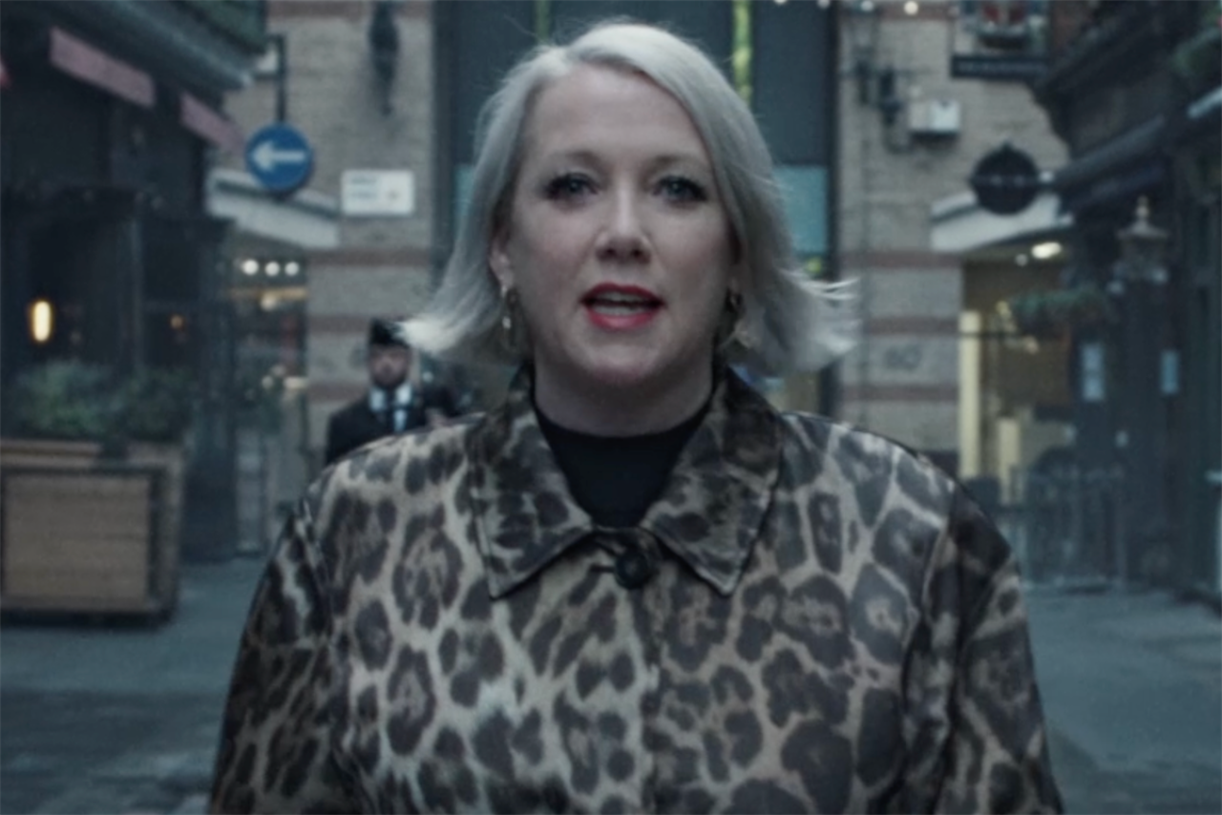
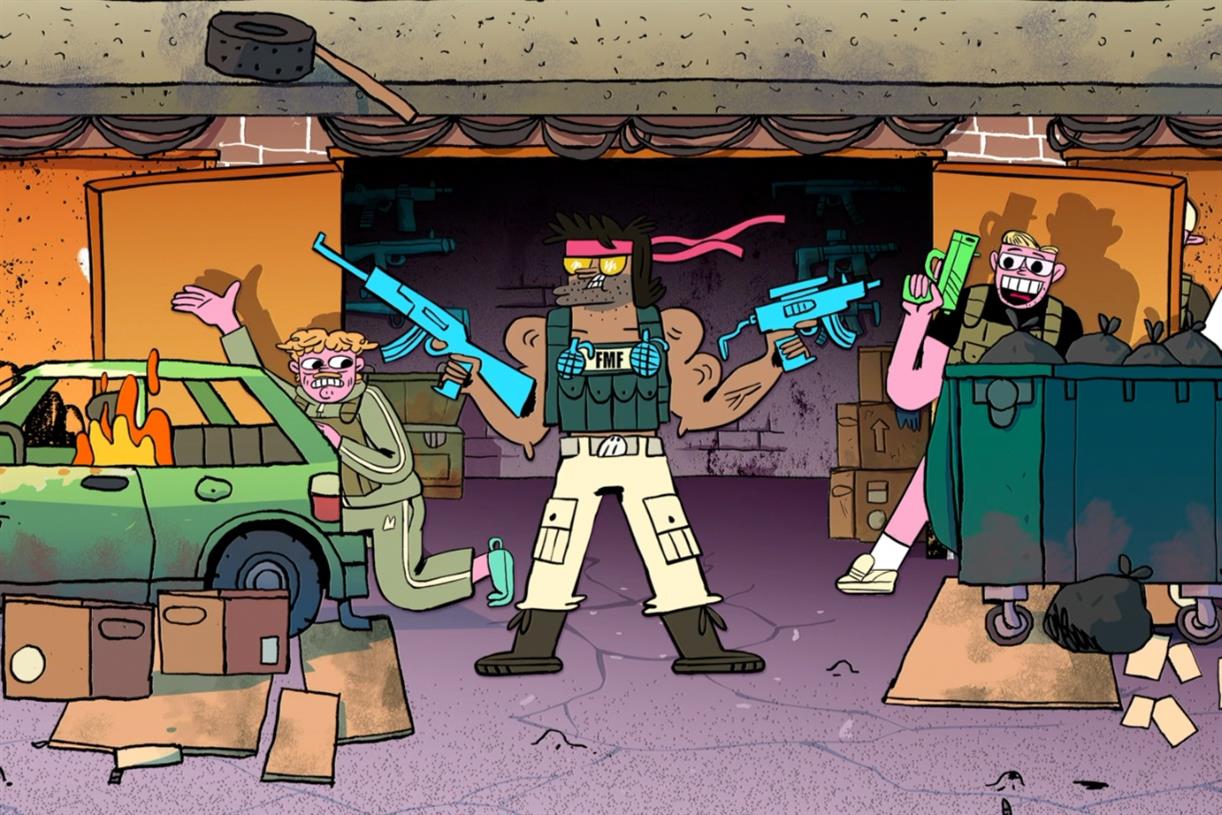

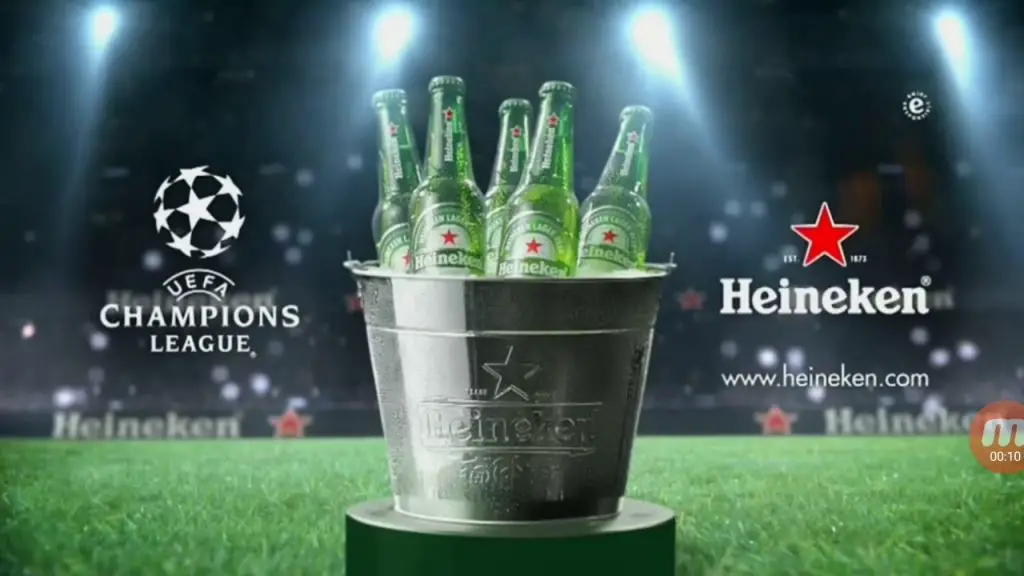

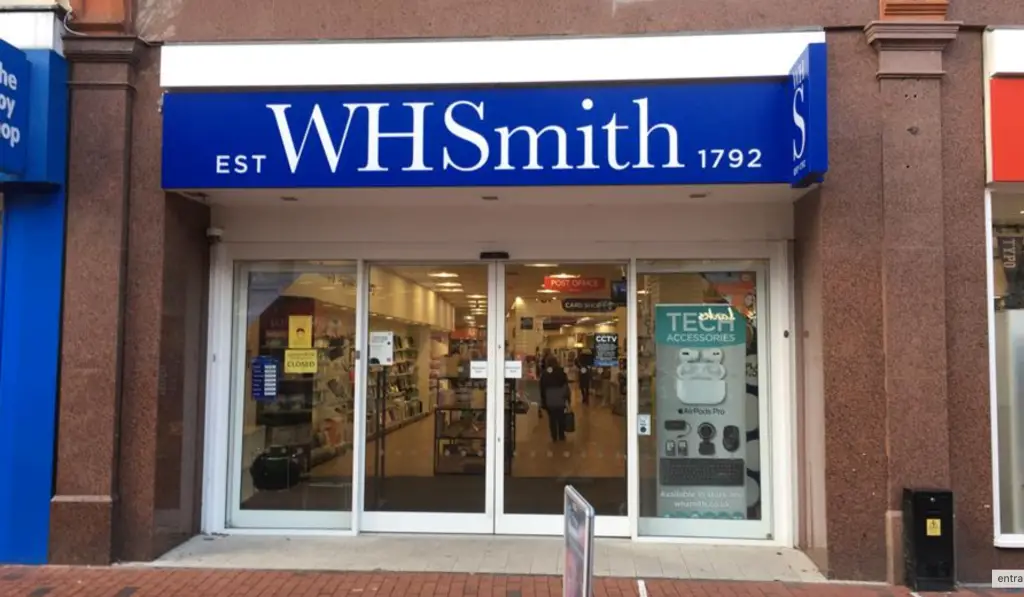
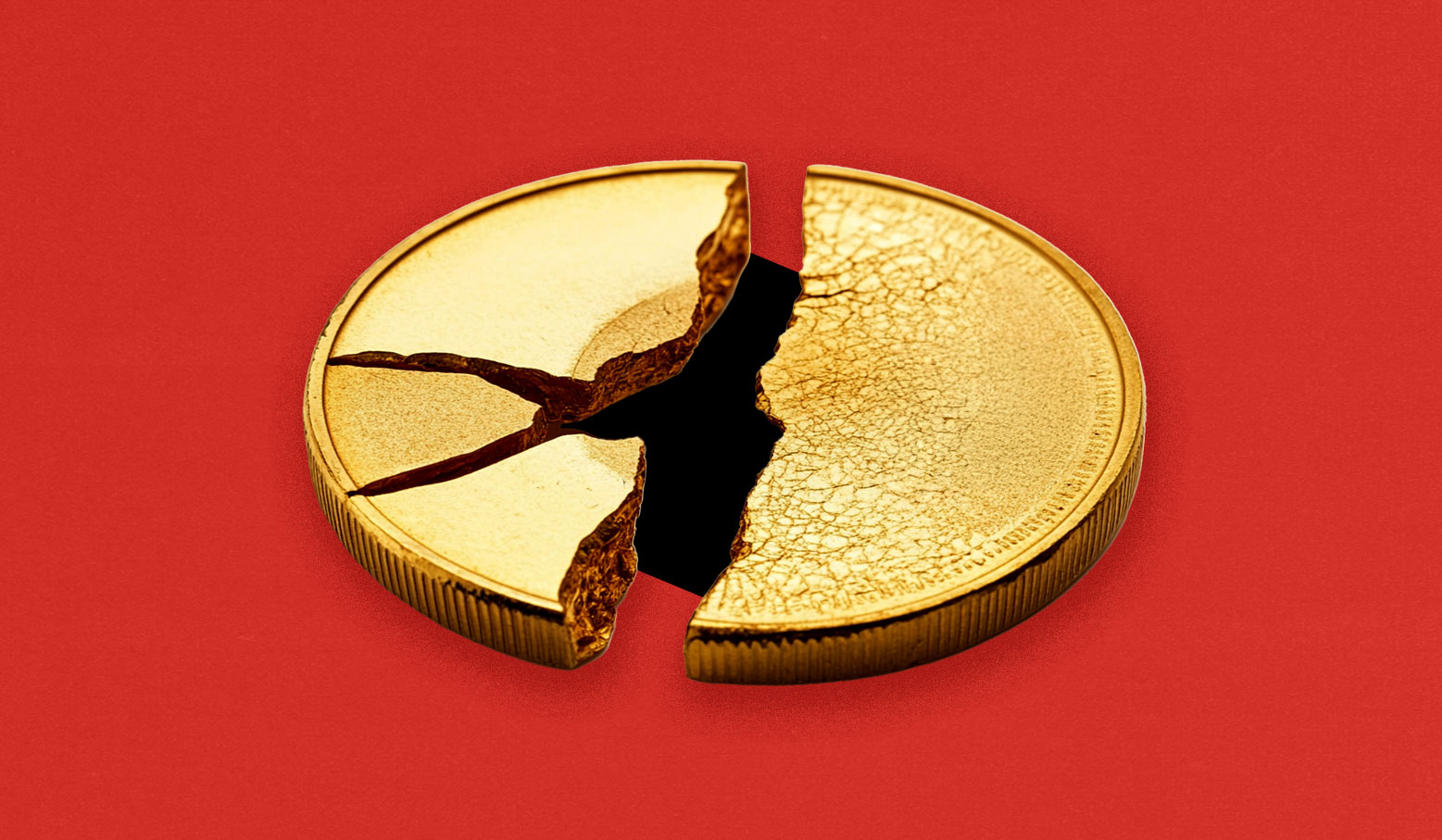
![Win Higher-Quality Links: The PR Approach To SEO Success [Webinar] via @sejournal, @lorenbaker](https://www.searchenginejournal.com/wp-content/uploads/2025/03/featured-1-716.png)



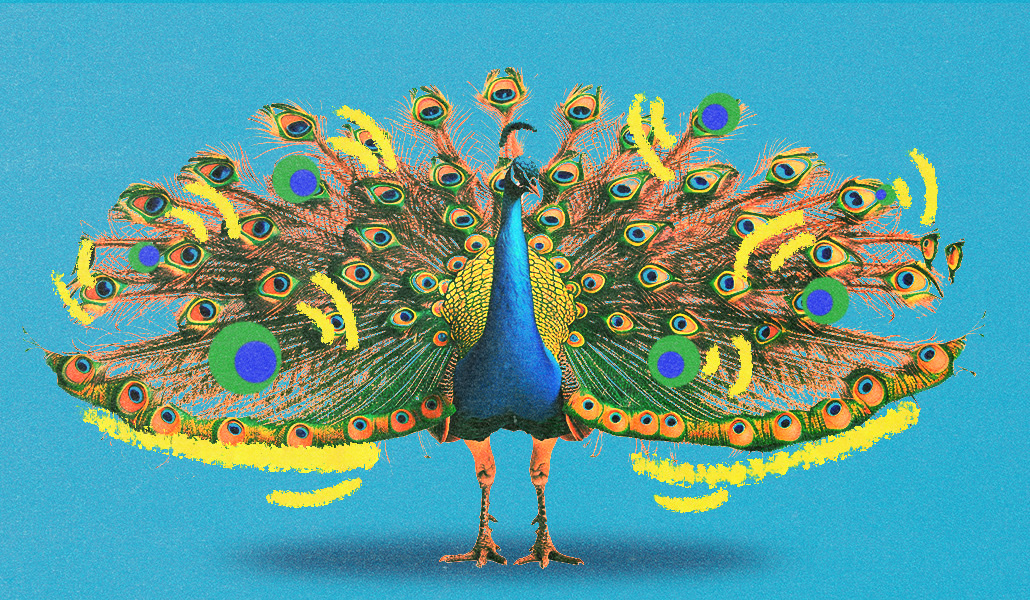






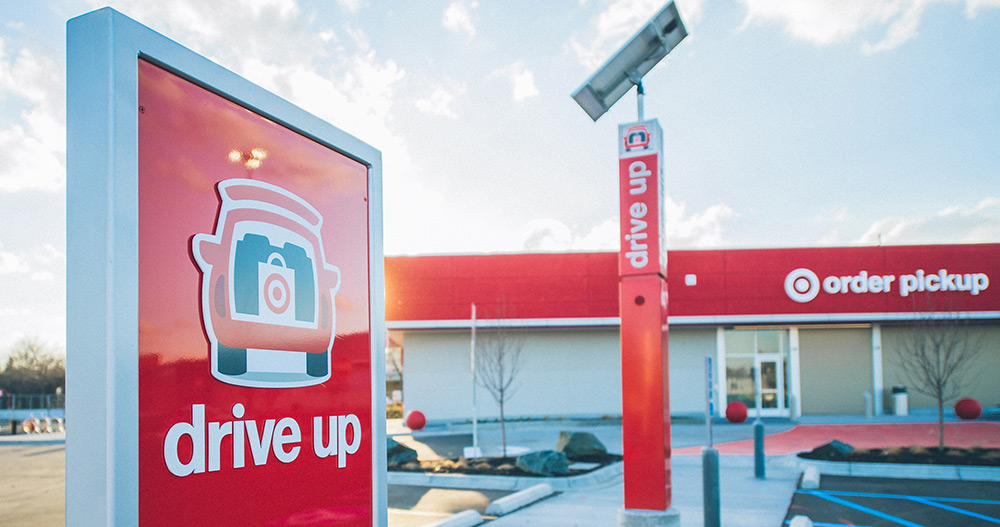



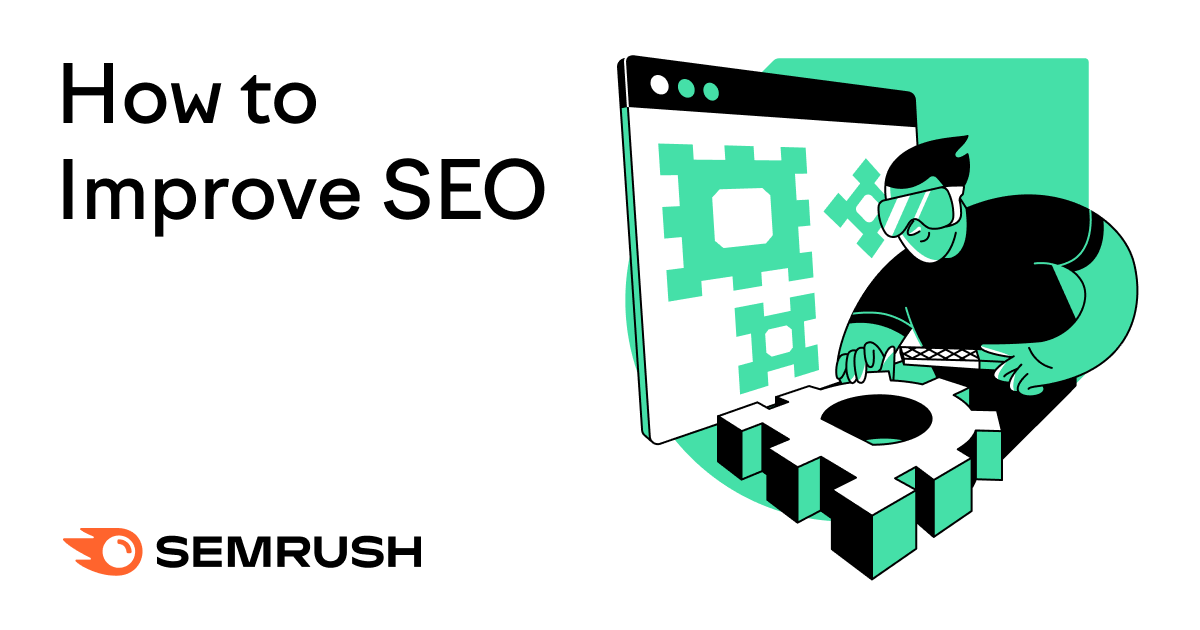

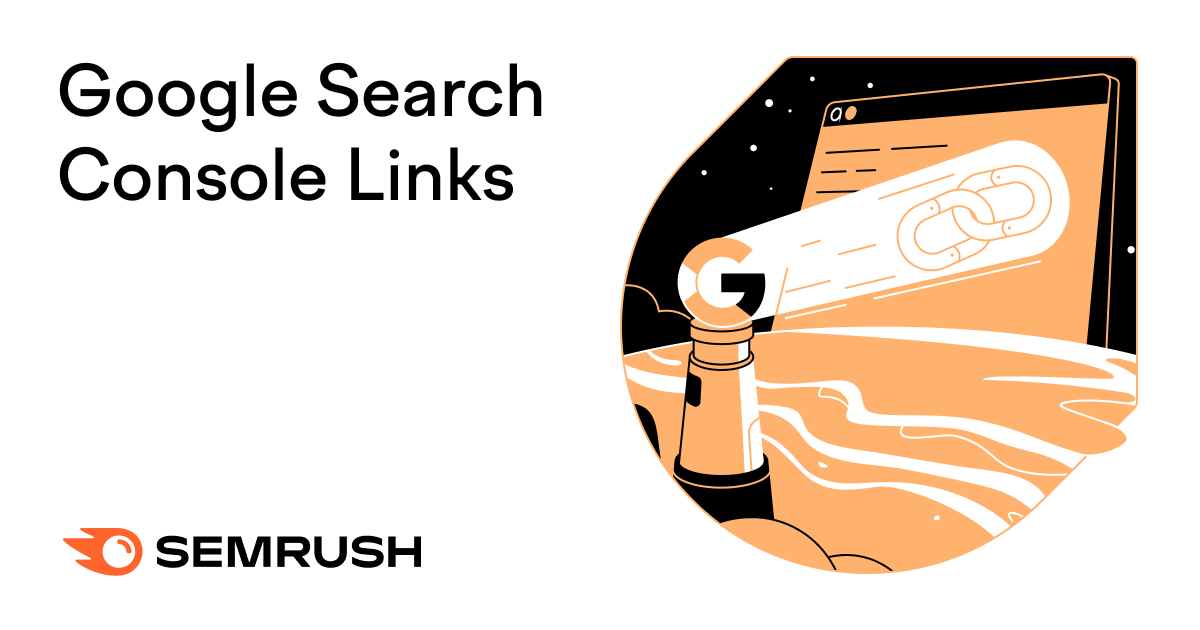

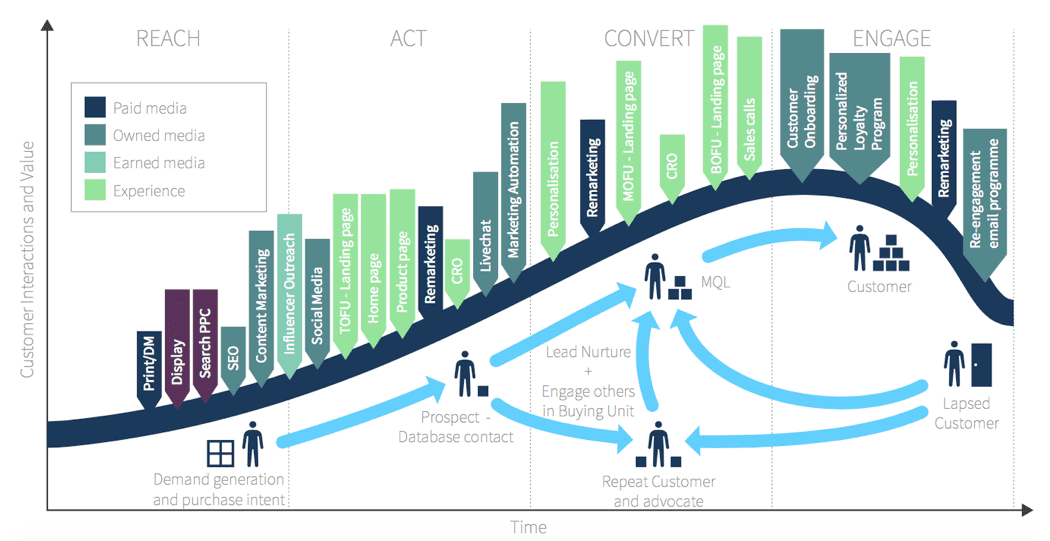
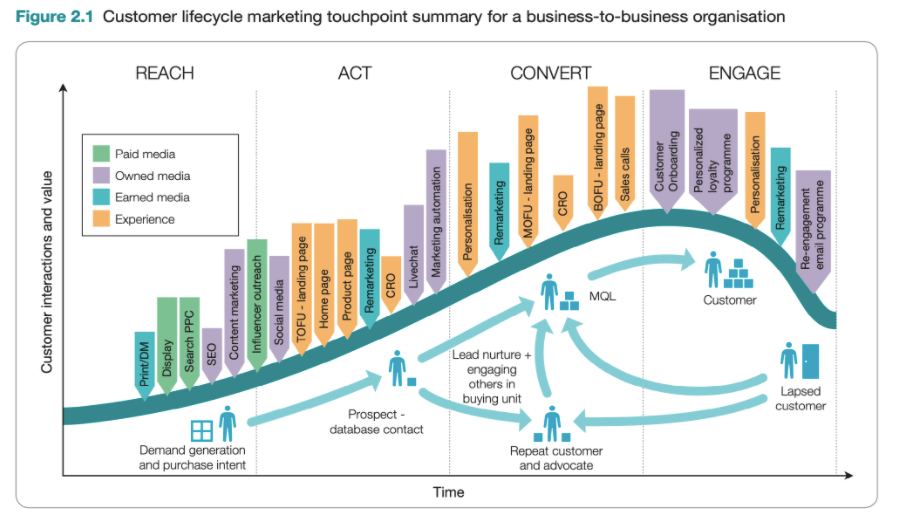
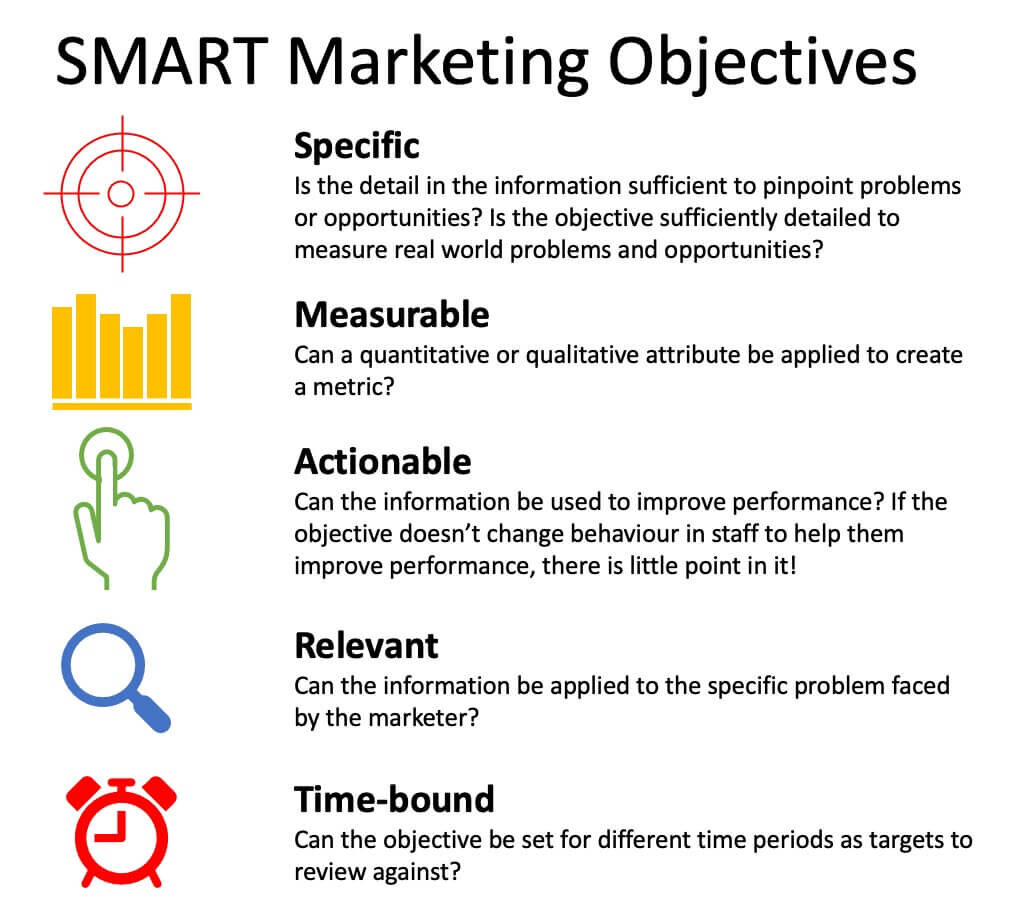
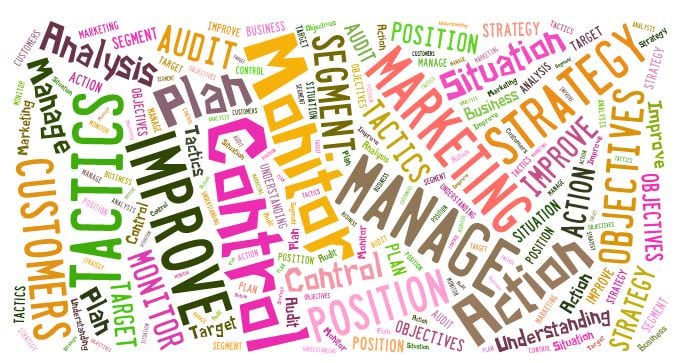
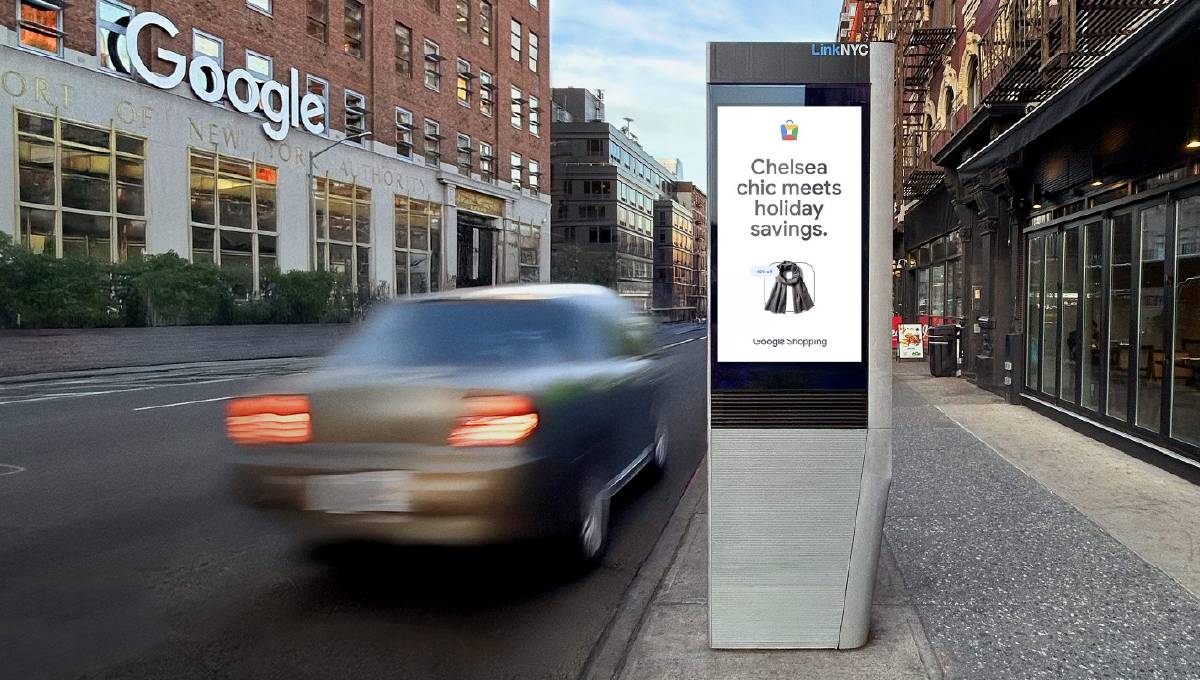


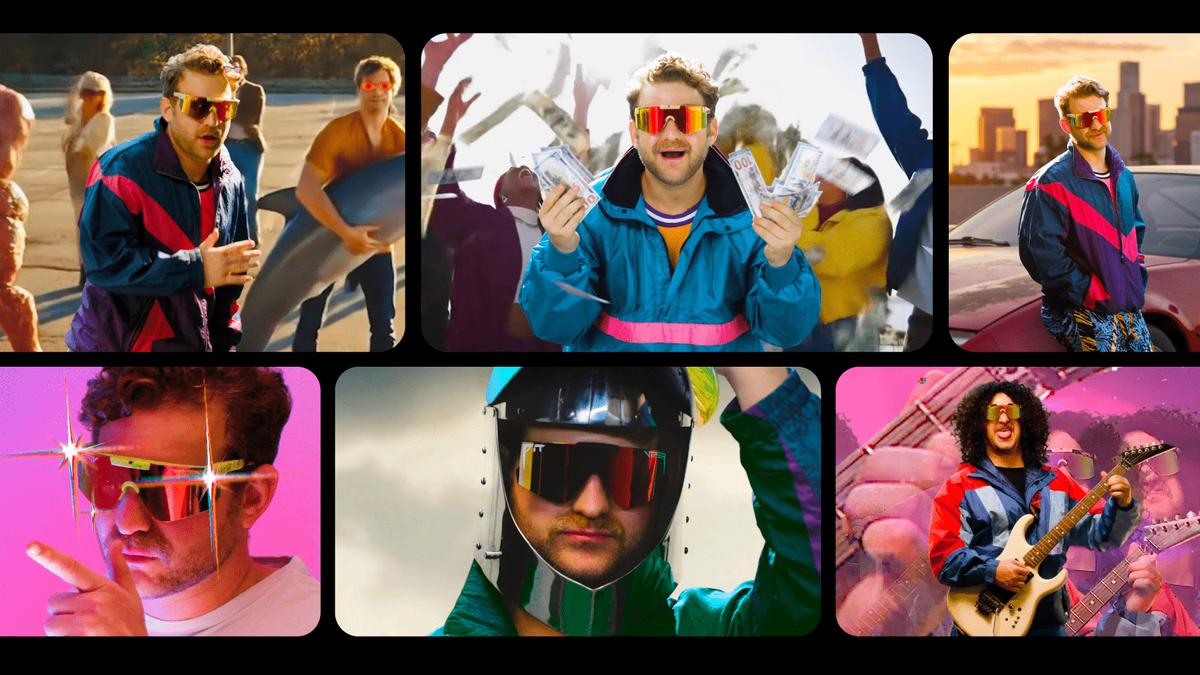




![How Marketers Are Using AI for Writing [Survey]](https://www.growandconvert.com/wp-content/uploads/2025/03/ai-for-writing-1024x682.jpg)






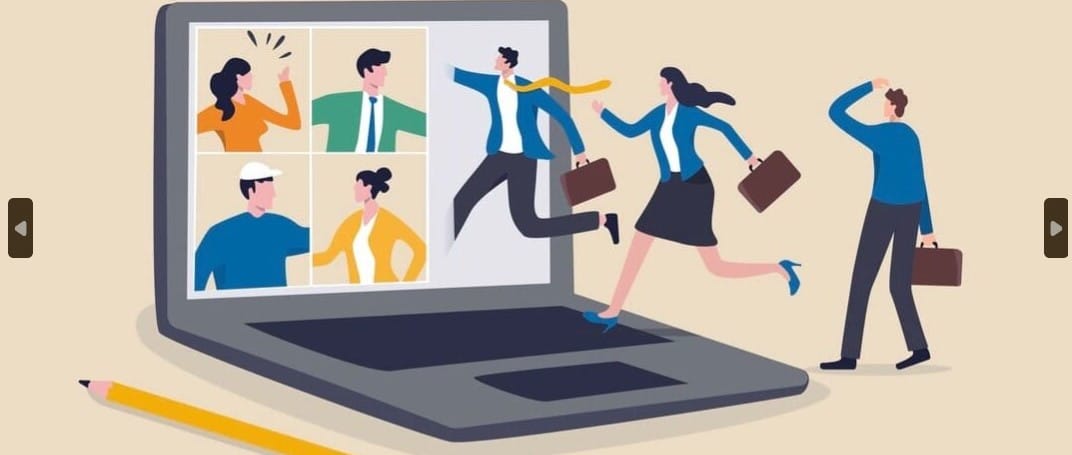



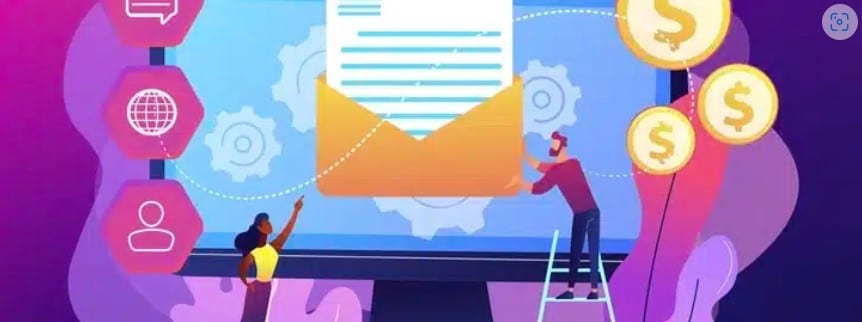



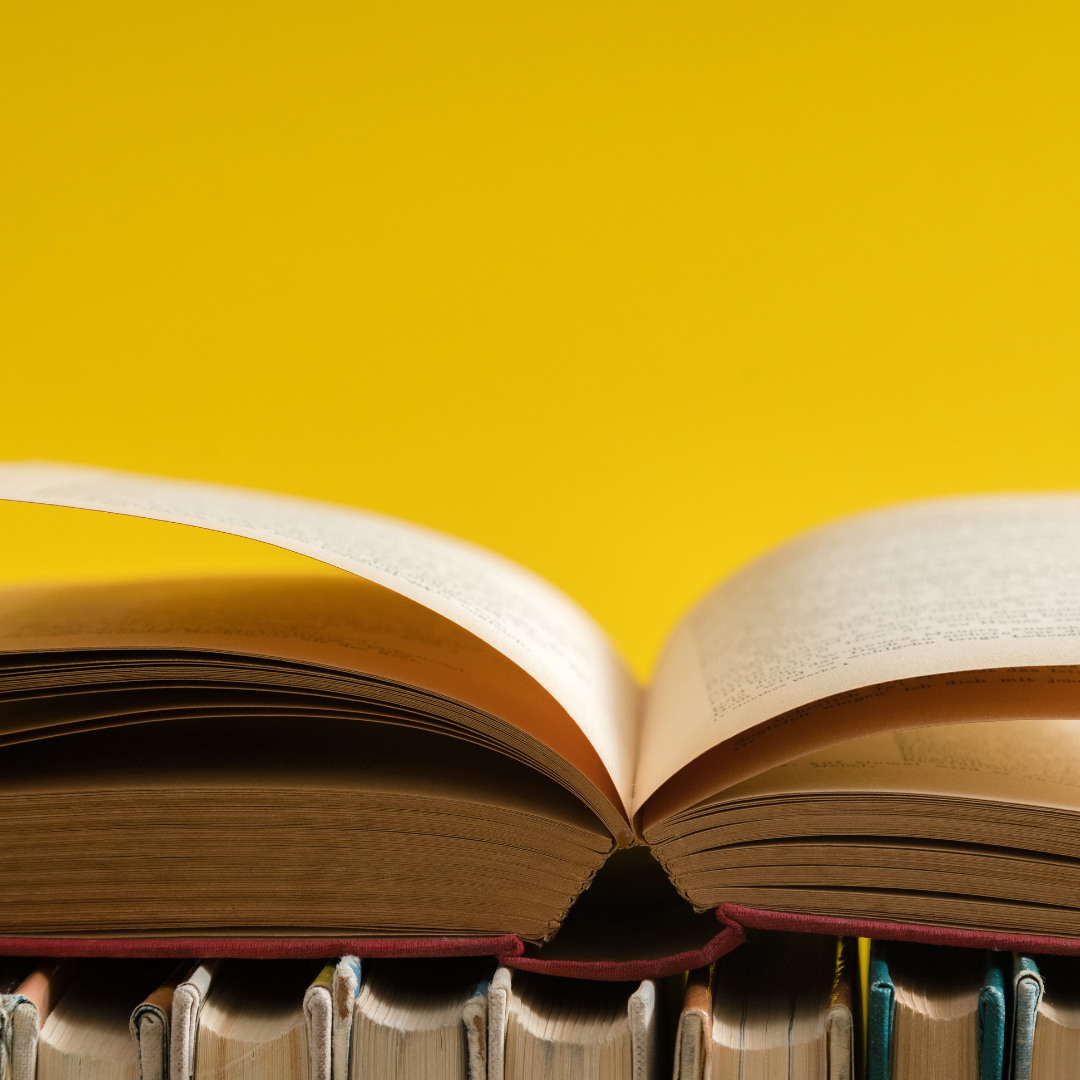

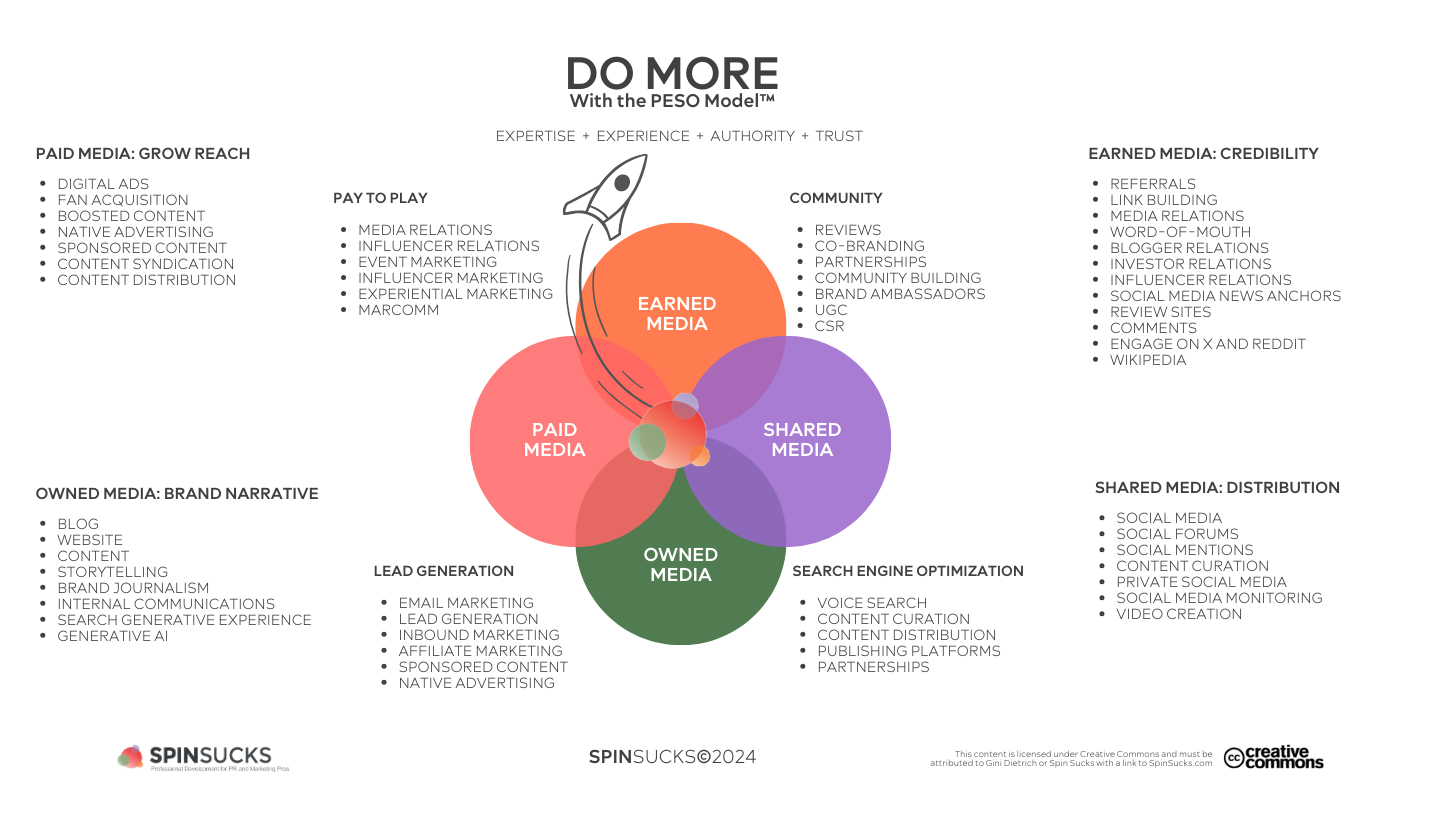
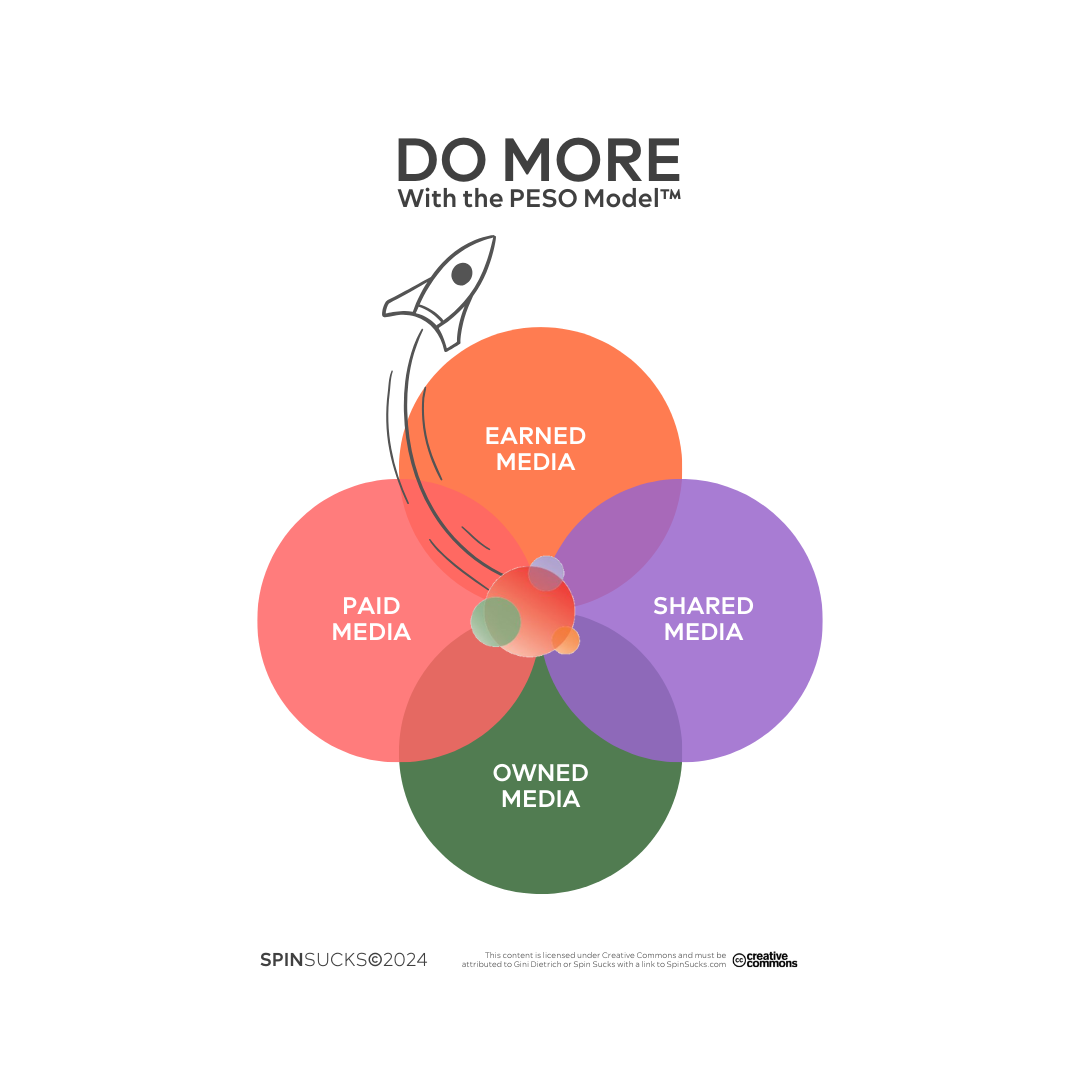







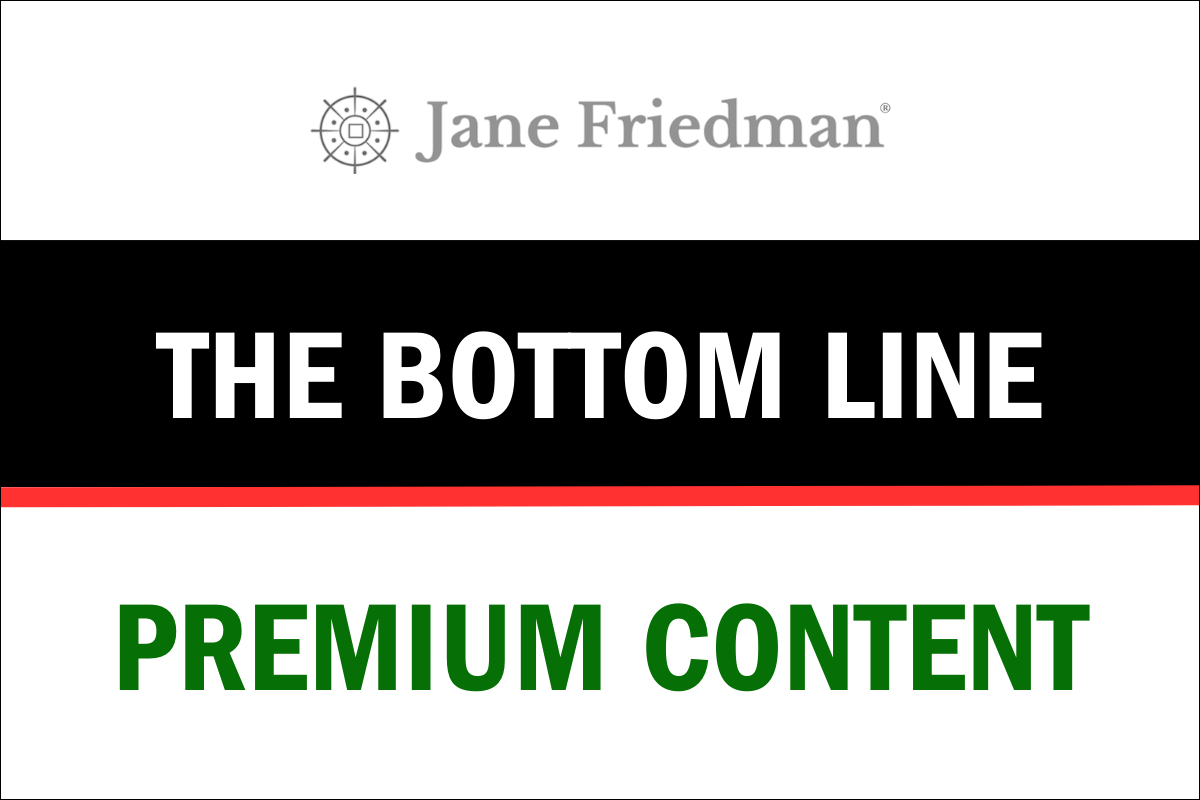


















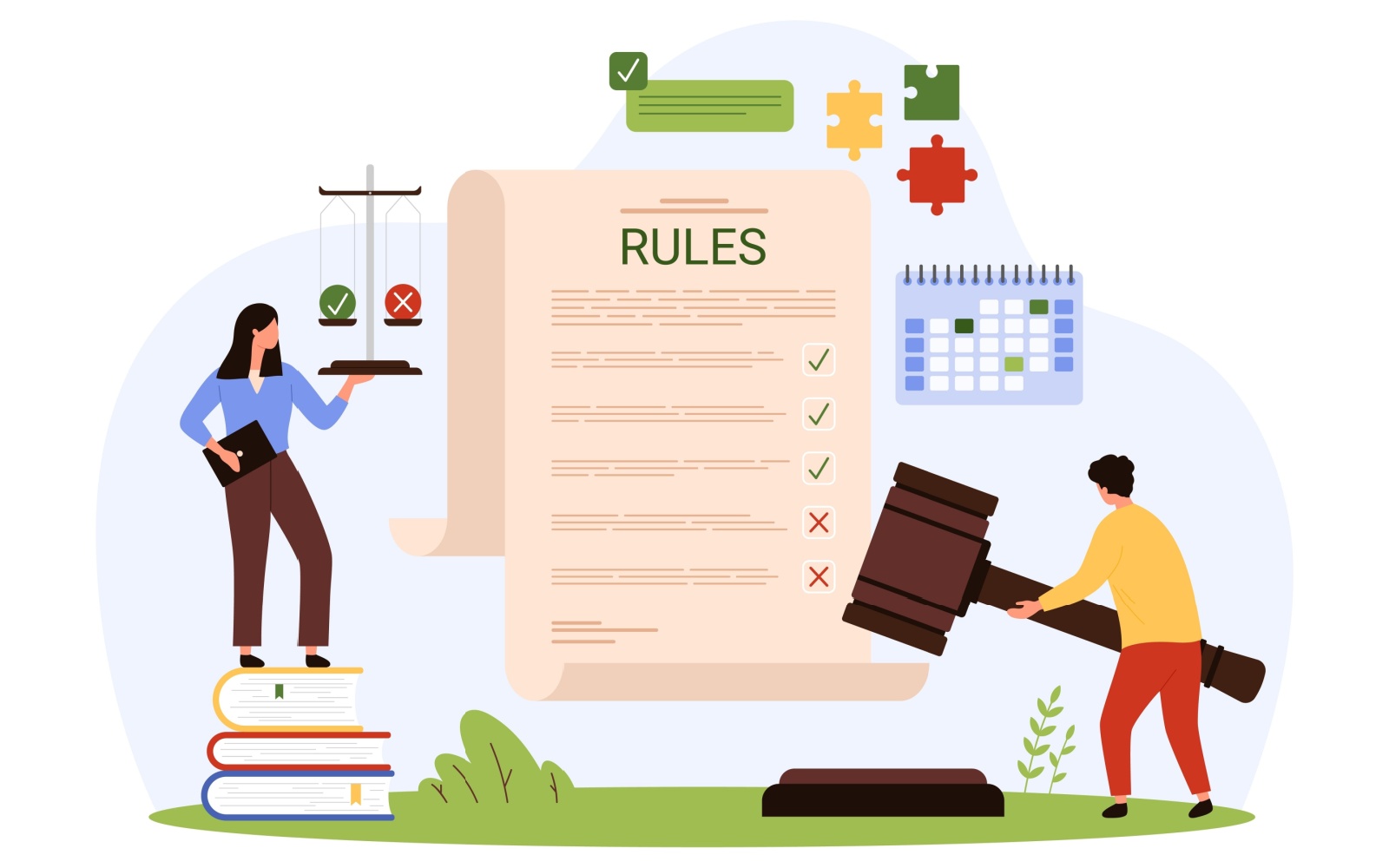






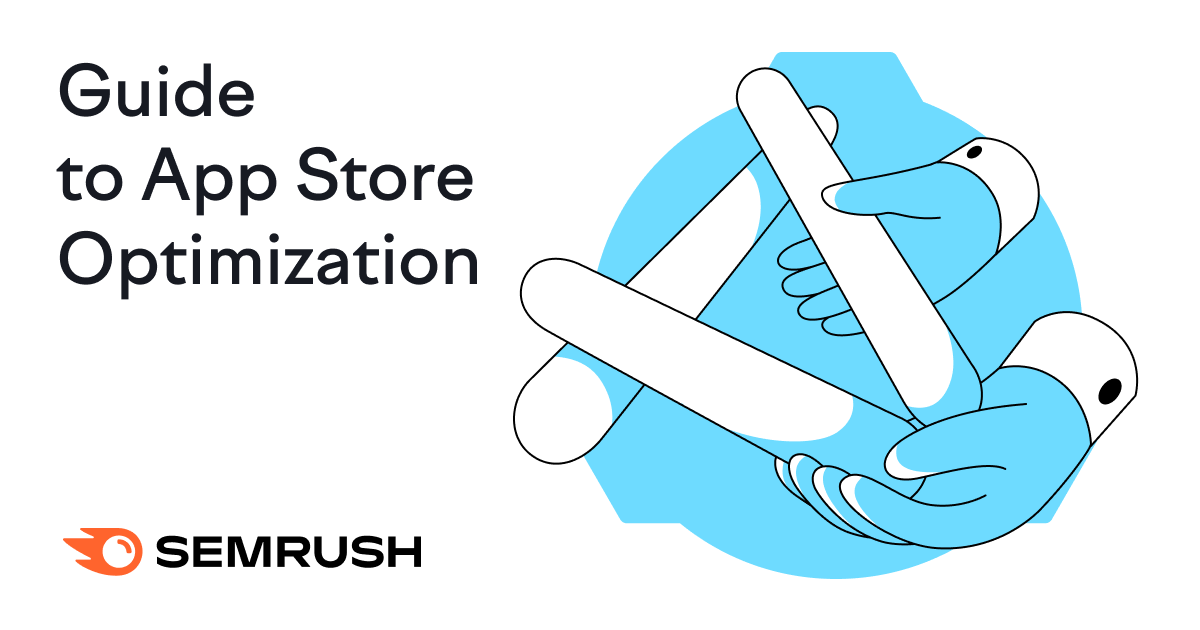
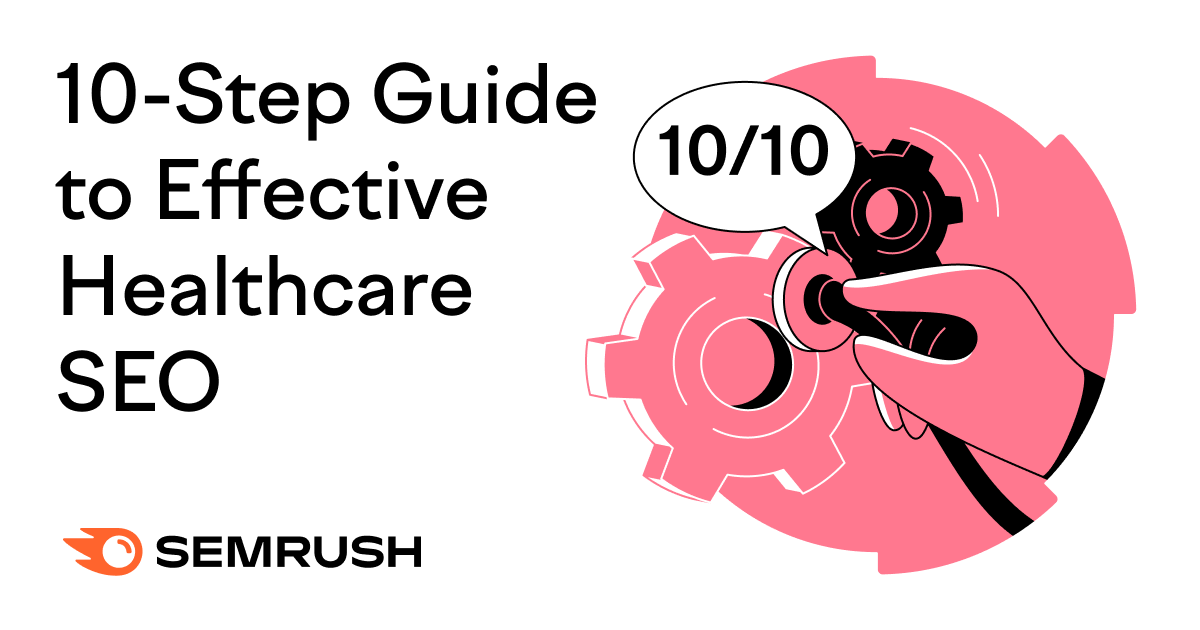



![How Meta Makes Its Money [Infographic]](https://imgproxy.divecdn.com/Kn_lAdtd3hjL-g3cebdKw3vQ_uTSMewIOId-plpm62o/g:ce/rs:fit:770:435/Z3M6Ly9kaXZlc2l0ZS1zdG9yYWdlL2RpdmVpbWFnZS9tZXRhX2Fkc18yLnBuZw==.webp)

![Here’s Why Integrated Marketing Is So Effective [+ Best Practices]](https://www.hubspot.com/hubfs/Untitled%20design%20%2830%29%20%281%29.jpg)
![How TikTok, Canva, & Other Top Marketing Teams Outperform the Rest [New Data]](https://www.hubspot.com/hubfs/Featured%20Image%20Template%20Backgrounds-1.png)
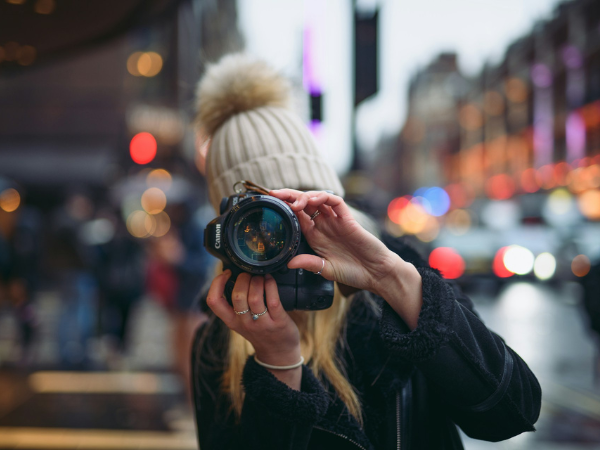
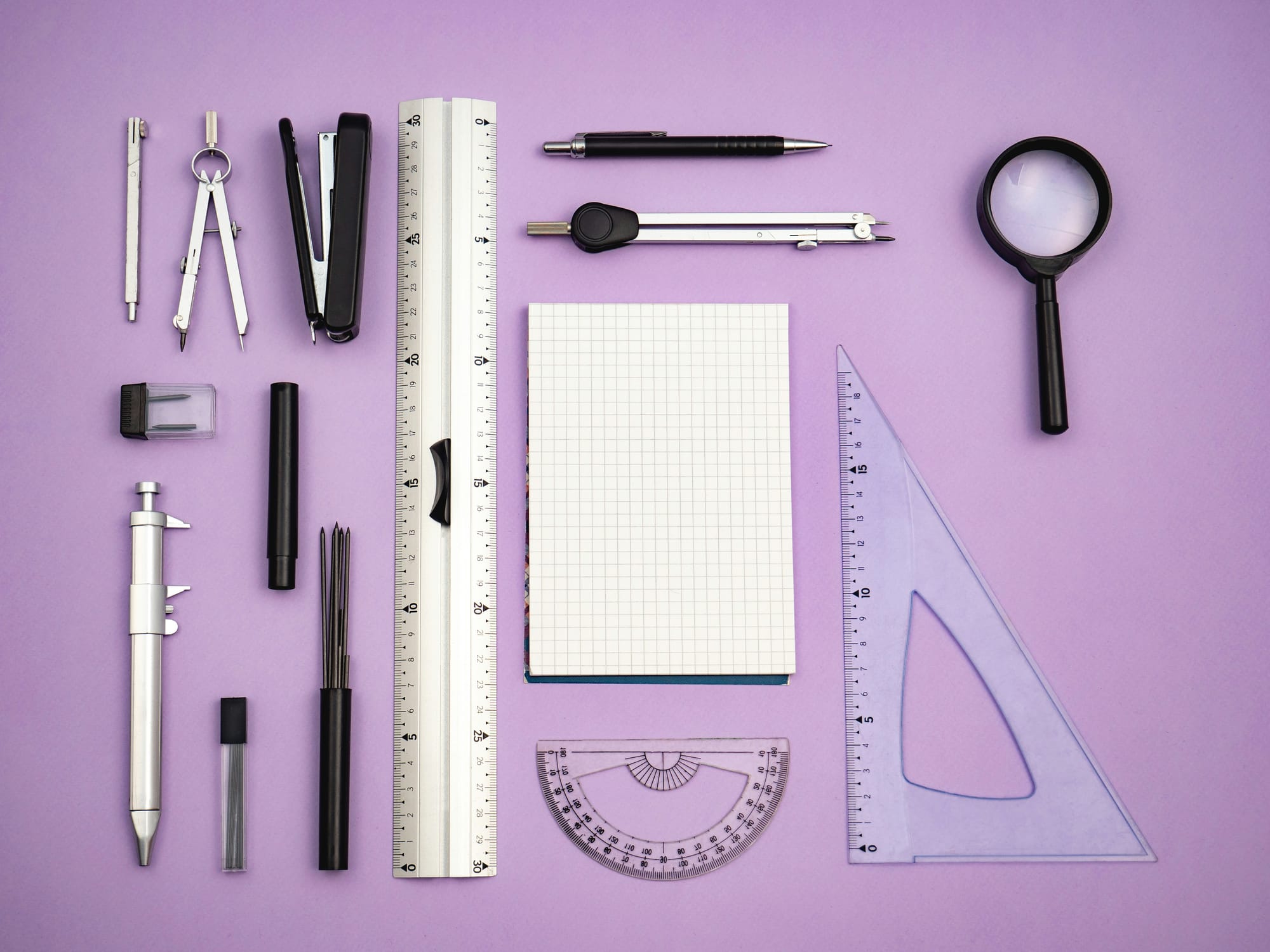

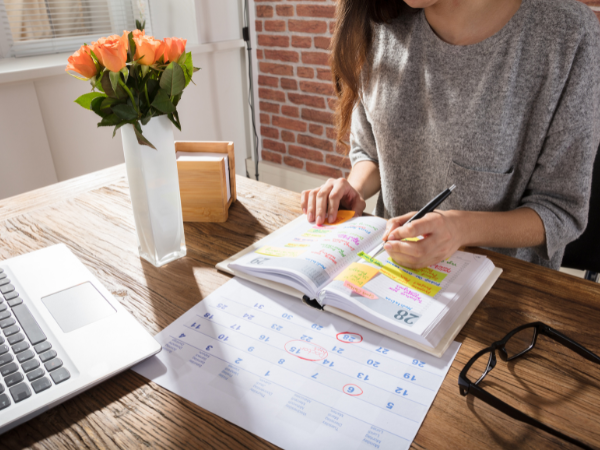






![311 Instagram caption ideas [plus free caption generator]](https://blog.hootsuite.com/wp-content/uploads/2022/07/instagram-captions-drive-engagement.png)

![How Conversion Funnels Create a Better Customer Journey [+ Tips to Optimize Yours]](https://www.hubspot.com/hubfs/Conversion%20Funnel.png)
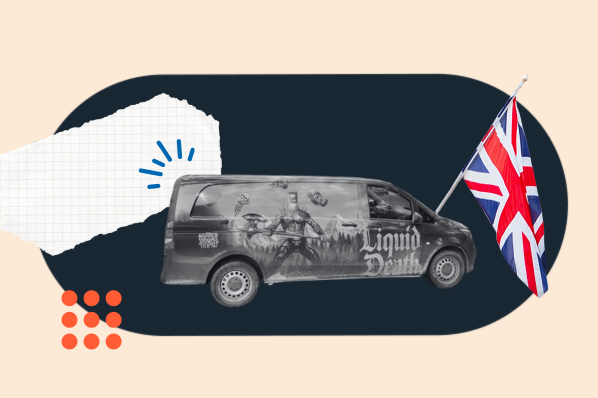




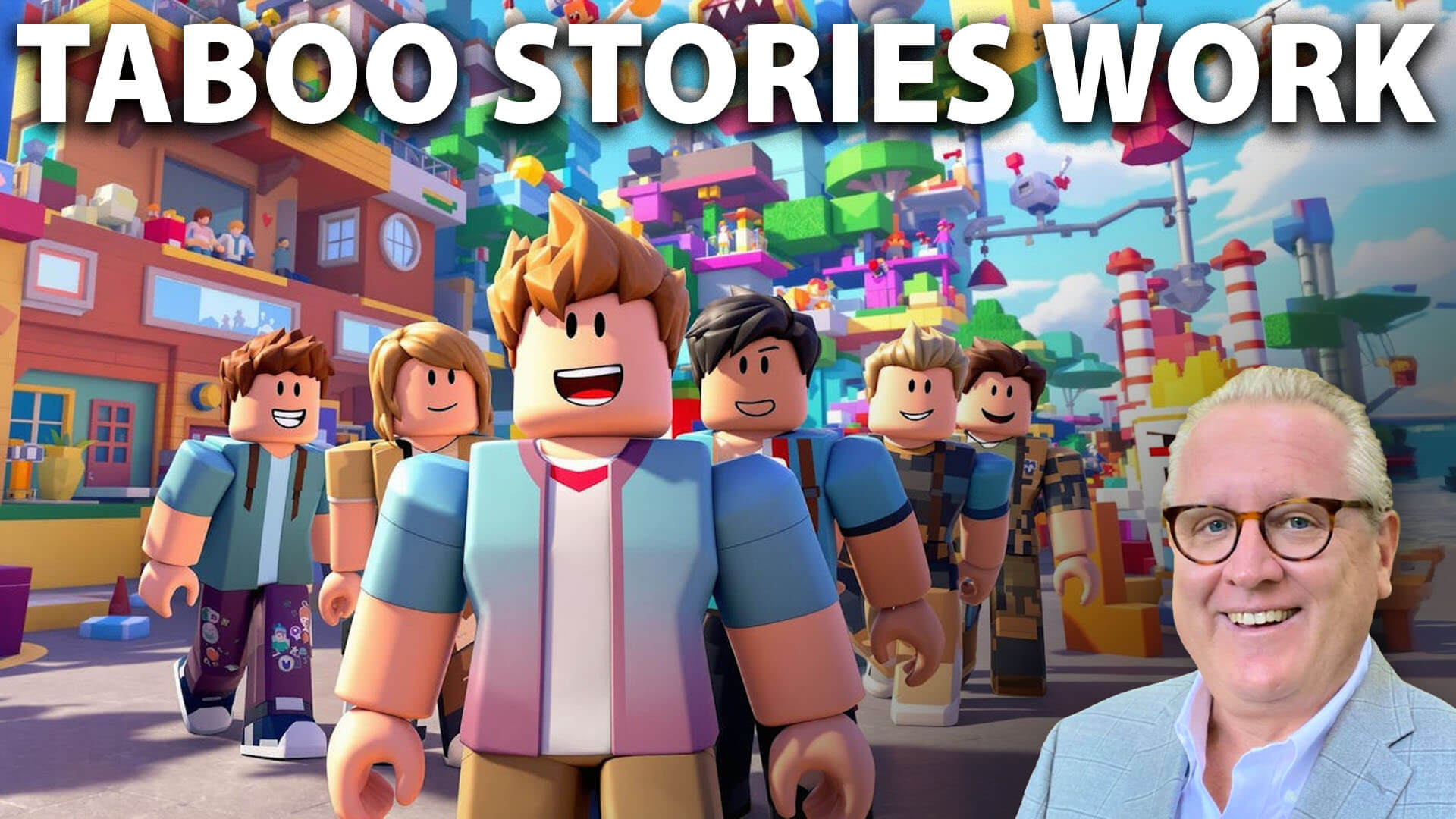






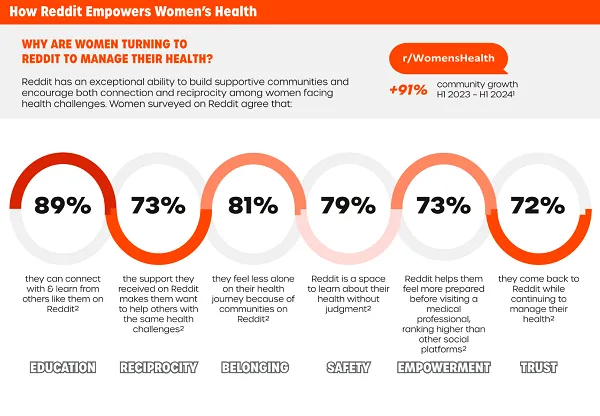
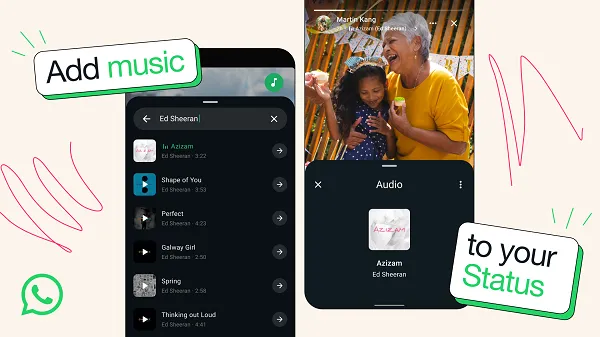
![Best times to post on Facebook in 2025 [Updated March 2025]](https://media.sproutsocial.com/uploads/2024/04/Best-times-to-post_2024_feat-img_fb.jpg)







